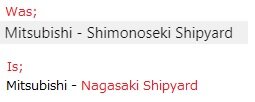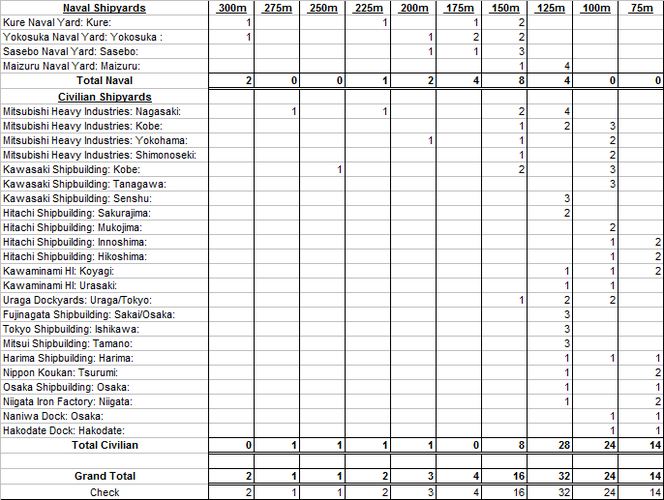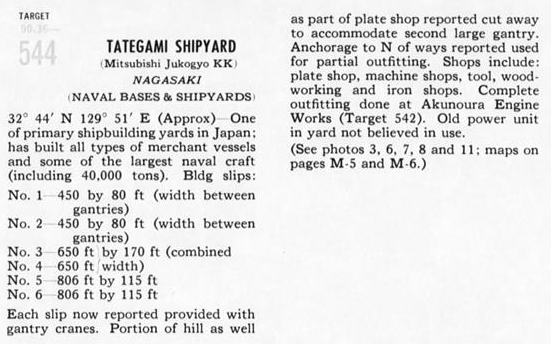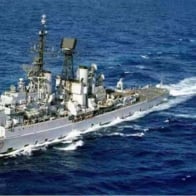- Joined
- 1 February 2011
- Messages
- 2,941
- Reaction score
- 3,624
I wish to ask, if anybody knows what were the building capacity of the major shipyards of Japan in the 1900-1950 period, eg how long were the drydock facilities and building slips of
these shipyards?
Ishikawajima Shipyard
Uraga Dockyards
Kawasaki Dockyards
Kure Naval Arsenal
Maizurue Naval Arsenal
Mitsubishi / Shimonoseki Shipyard
Sasebo Naval Arsenal
Yokosuka Naval Arsenal
IJN designed quite a few very large warships in this period (Japanese Lexington and the plain A-140 both around 300m long) and wish to know what was the largest ships the IJN could build at this time or how much enlargement was necessary to improving building capacities.
these shipyards?
Ishikawajima Shipyard
Uraga Dockyards
Kawasaki Dockyards
Kure Naval Arsenal
Maizurue Naval Arsenal
Mitsubishi / Shimonoseki Shipyard
Sasebo Naval Arsenal
Yokosuka Naval Arsenal
IJN designed quite a few very large warships in this period (Japanese Lexington and the plain A-140 both around 300m long) and wish to know what was the largest ships the IJN could build at this time or how much enlargement was necessary to improving building capacities.
Last edited:







